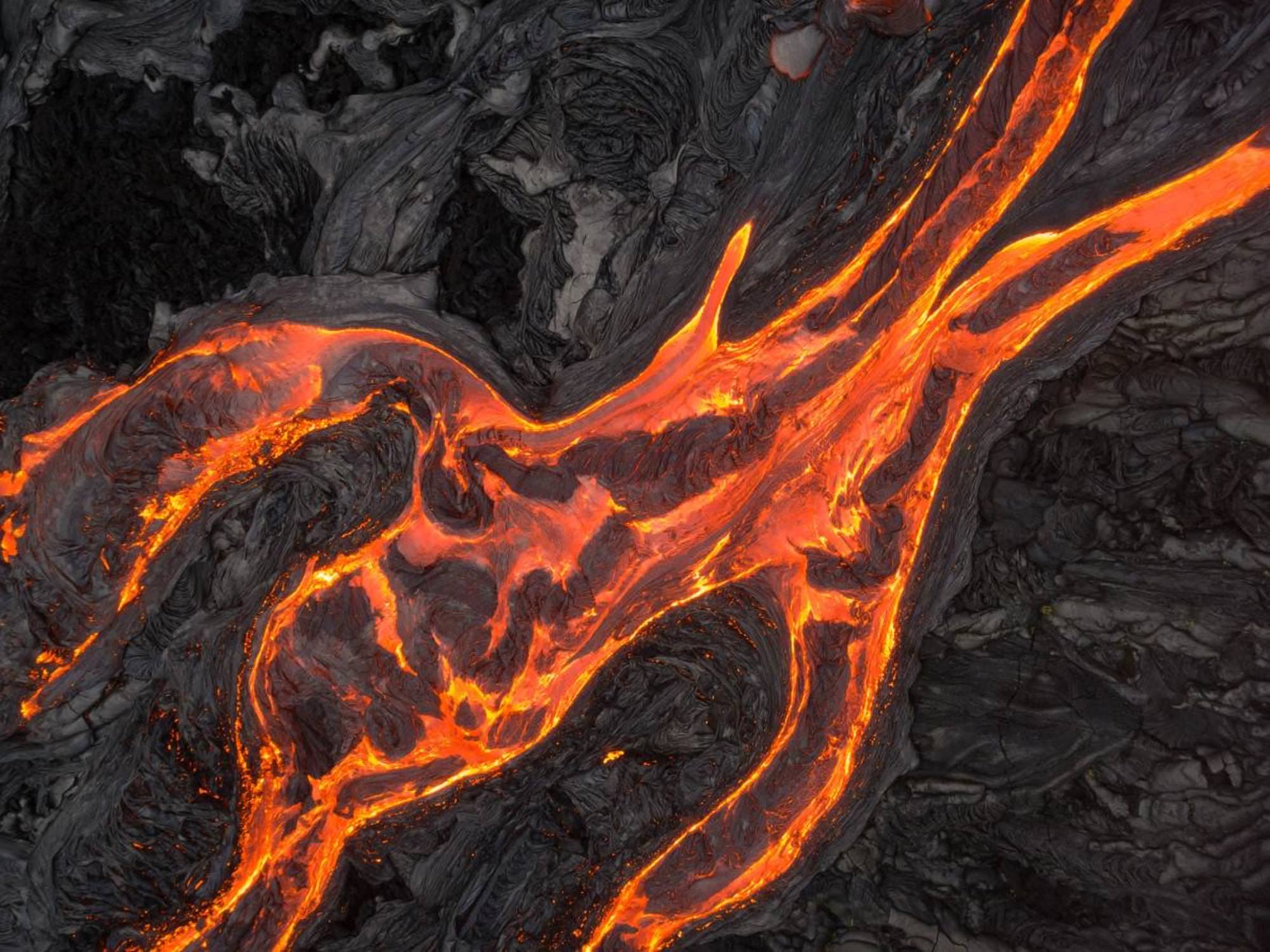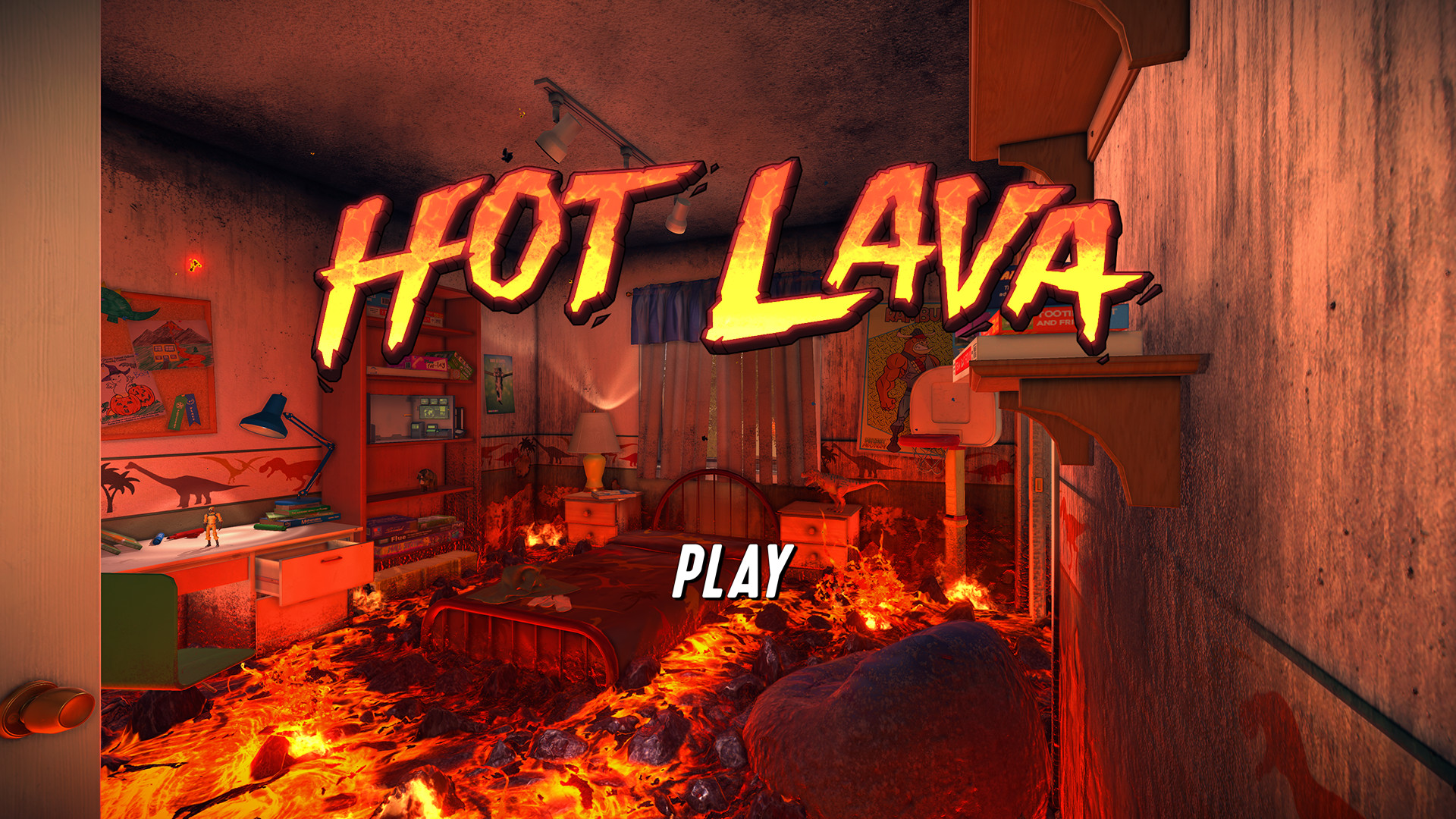Hot Lava: A Fiery Journey Through Nature's Molten Wonders
Hot lava, the fiery liquid that flows from the depths of the Earth, is one of nature's most mesmerizing phenomena. Imagine standing on the edge of a volcano, watching molten rock gush out with intense heat and brilliance. It’s not just about the science; it’s about the raw power that makes us feel small yet connected to the planet we live on. Whether you're a geologist or someone who simply loves marveling at the wonders of nature, hot lava has a way of capturing our imagination and stirring our curiosity.
But what exactly is hot lava, and why does it hold such fascination for us? Well, buckle up because we’re about to dive into the fiery depths of this natural wonder. From its origins deep within the Earth's mantle to its explosive emergence on the surface, hot lava is more than just molten rock—it’s a reminder of the dynamic forces shaping our planet.
In this article, we’ll explore everything you need to know about hot lava, including its formation, behavior, and impact on the environment. We’ll also touch on some incredible facts and stories that will make you appreciate this fiery phenomenon even more. So, let’s get started and uncover the secrets of hot lava!
- Jerolim Croatia The Hidden Gem You Need To Discover
- Bengs Burger The Ultimate Guide To A Mouthwatering Experience
Table of Contents
- What is Hot Lava?
- The Formation Process of Hot Lava
- Types of Hot Lava
- Temperature and Viscosity of Hot Lava
- Volcanic Eruptions and Hot Lava
- Impact of Hot Lava on the Environment
- Fascinating Facts About Hot Lava
- Safety Tips Around Hot Lava
- Historical Significance of Hot Lava
- Wrapping It Up
What is Hot Lava?
Let’s kick things off with the basics: what exactly is hot lava? Simply put, hot lava is molten rock expelled by a volcano during an eruption. This molten rock originates from deep within the Earth's mantle, where temperatures can reach up to 2,400°F (1,300°C). When it reaches the surface, it transforms into the fiery rivers we see flowing down the sides of volcanoes. But here’s the thing—lava isn’t just one thing; it comes in different forms, each with its own unique characteristics.
Why Does Lava Exist?
Earth’s internal heat is the driving force behind lava. The planet’s core generates heat through radioactive decay and residual heat from its formation billions of years ago. This heat causes rocks in the mantle to melt, creating magma. When pressure builds up, magma forces its way to the surface, emerging as hot lava during volcanic eruptions.
So, why should you care about hot lava? Well, it’s not just a geological phenomenon—it shapes landscapes, creates new landmasses, and influences ecosystems. Understanding hot lava helps us better appreciate the dynamic nature of our planet.
- Vegan Frankfurters The Ultimate Guide To Satisfying Your Cravings Without Compromise
- Jasmine Ladyboy Unveiling The Journey Challenges And Success
The Formation Process of Hot Lava
Ever wondered how hot lava forms? It’s a fascinating process that starts deep within the Earth. Here’s a quick breakdown:
- Magma Generation: Magma forms when rocks in the mantle melt due to high temperatures and pressure.
- Ascent Through Cracks: Once formed, magma rises through cracks and fissures in the Earth's crust, seeking a way out.
- Eruption: When magma reaches the surface, it becomes hot lava, flowing out of volcanoes or fissures.
This process can take thousands of years, depending on geological conditions. And guess what? It’s not just about the heat; the composition of the rocks also plays a crucial role in determining the type of lava that forms.
Types of Hot Lava
Not all hot lava is created equal. There are several types, each with distinct properties. Let’s take a closer look:
Pahoehoe Lava
Pronounced "pah-hoy-hoy," this type of lava is smooth and ropey. It flows easily and creates beautiful textures as it cools. Pahoehoe lava is common in Hawaii, where it has shaped the islands over millions of years.
A'a Lava
On the other hand, a'a lava is rough and fragmented. It’s much harder to walk on and tends to form jagged landscapes. A'a lava flows more slowly than pahoehoe, making it easier to avoid during eruptions.
Blocky Lava
This type of lava is thicker and cooler, forming large blocks as it solidifies. Blocky lava is often associated with explosive eruptions, where chunks of solidified lava are hurled into the air.
Understanding these types helps us predict how lava will behave during eruptions and assess potential risks to nearby communities.
Temperature and Viscosity of Hot Lava
Hot lava’s temperature and viscosity are key factors that determine its behavior. Let’s break it down:
- Temperature: Lava can range from 1,292°F to 2,192°F (700°C to 1,200°C). The higher the temperature, the more fluid the lava.
- Viscosity: Viscosity refers to the lava’s thickness and resistance to flow. Silica-rich lavas are more viscous, while basaltic lavas are less viscous and flow more easily.
These factors influence how far lava can travel and how much damage it can cause. For instance, low-viscosity lava can flow for miles, while high-viscosity lava tends to stay close to the eruption site.
Volcanic Eruptions and Hot Lava
Volcanic eruptions are the ultimate showcase of hot lava’s power. When a volcano erupts, it releases magma, ash, and gases in a spectacular display of nature’s might. But what triggers these eruptions? It all comes down to pressure and magma composition.
Types of Eruptions
There are several types of volcanic eruptions, each with its own characteristics:
- Hawaiian Eruptions: Gentle and effusive, producing large lava flows.
- Strombolian Eruptions: Explosive but small, characterized by bursts of lava and ash.
- Plinian Eruptions: Catastrophic and explosive, ejecting massive amounts of ash and lava into the atmosphere.
Each type of eruption brings its own set of challenges and risks, making it crucial for scientists to monitor volcanic activity closely.
Impact of Hot Lava on the Environment
Hot lava doesn’t just reshape the landscape—it has a profound impact on the environment. Here’s how:
- Land Formation: Lava creates new landmasses, such as islands, by solidifying and cooling.
- Ecosystem Changes: While lava can destroy habitats, it also creates fertile soil that supports new life.
- Climate Effects: Volcanic eruptions release gases like sulfur dioxide, which can affect global climate patterns.
It’s a delicate balance between destruction and creation, reminding us of nature’s dual nature.
Fascinating Facts About Hot Lava
Here are some mind-blowing facts about hot lava that will leave you in awe:
- Lava can reach temperatures hot enough to melt steel.
- The longest recorded lava flow was from the 1840 eruption of Mauna Loa in Hawaii, traveling over 50 kilometers.
- Lava can travel at speeds of up to 60 kilometers per hour, depending on its viscosity and slope.
These facts highlight the incredible power and unpredictability of hot lava.
Safety Tips Around Hot Lava
While hot lava is undeniably fascinating, it’s also incredibly dangerous. If you ever find yourself near an active volcano, here’s what you need to know:
- Stay informed about volcanic activity and follow evacuation orders.
- Keep a safe distance from lava flows and avoid areas with cracks or fissures.
- Wear protective gear, including long sleeves, pants, and sturdy shoes, if you’re close to lava.
Your safety should always come first when exploring these natural wonders.
Historical Significance of Hot Lava
Throughout history, hot lava has played a significant role in shaping human civilization. From the destruction of Pompeii to the creation of new land in Hawaii, lava has left an indelible mark on our world. It’s a reminder of the Earth’s power and the importance of respecting nature’s forces.
Wrapping It Up
Hot lava is more than just molten rock; it’s a testament to the Earth’s dynamic nature and a source of endless fascination for scientists and enthusiasts alike. From its formation deep within the mantle to its impact on the environment, hot lava continues to shape our planet in profound ways.
We hope this article has given you a deeper understanding of hot lava and its significance. If you enjoyed reading, don’t forget to share it with your friends and family. And remember, the next time you see a lava flow on TV or in person, take a moment to appreciate the raw power and beauty of nature’s fiery masterpiece.


Detail Author:
- Name : Ms. Annamarie Schuppe Sr.
- Username : chauncey56
- Email : justyn.rodriguez@gmail.com
- Birthdate : 1996-03-08
- Address : 547 Schuster Rapid Apt. 335 Lake Mathew, HI 09681-4111
- Phone : 831.796.8227
- Company : Volkman-Gibson
- Job : Poet OR Lyricist
- Bio : At in magnam et non repellendus exercitationem. Rem omnis illo repellendus repellendus iste ipsam est. Unde maiores suscipit modi porro qui ut ducimus. Reiciendis ut facilis reiciendis optio.
Socials
tiktok:
- url : https://tiktok.com/@jspencer
- username : jspencer
- bio : Rerum suscipit impedit dolorem. Quaerat qui omnis esse quia.
- followers : 1604
- following : 2278
instagram:
- url : https://instagram.com/jaquelin2777
- username : jaquelin2777
- bio : Deleniti culpa omnis eum dolorum odio aut. Ab explicabo sunt iusto autem.
- followers : 1033
- following : 2857